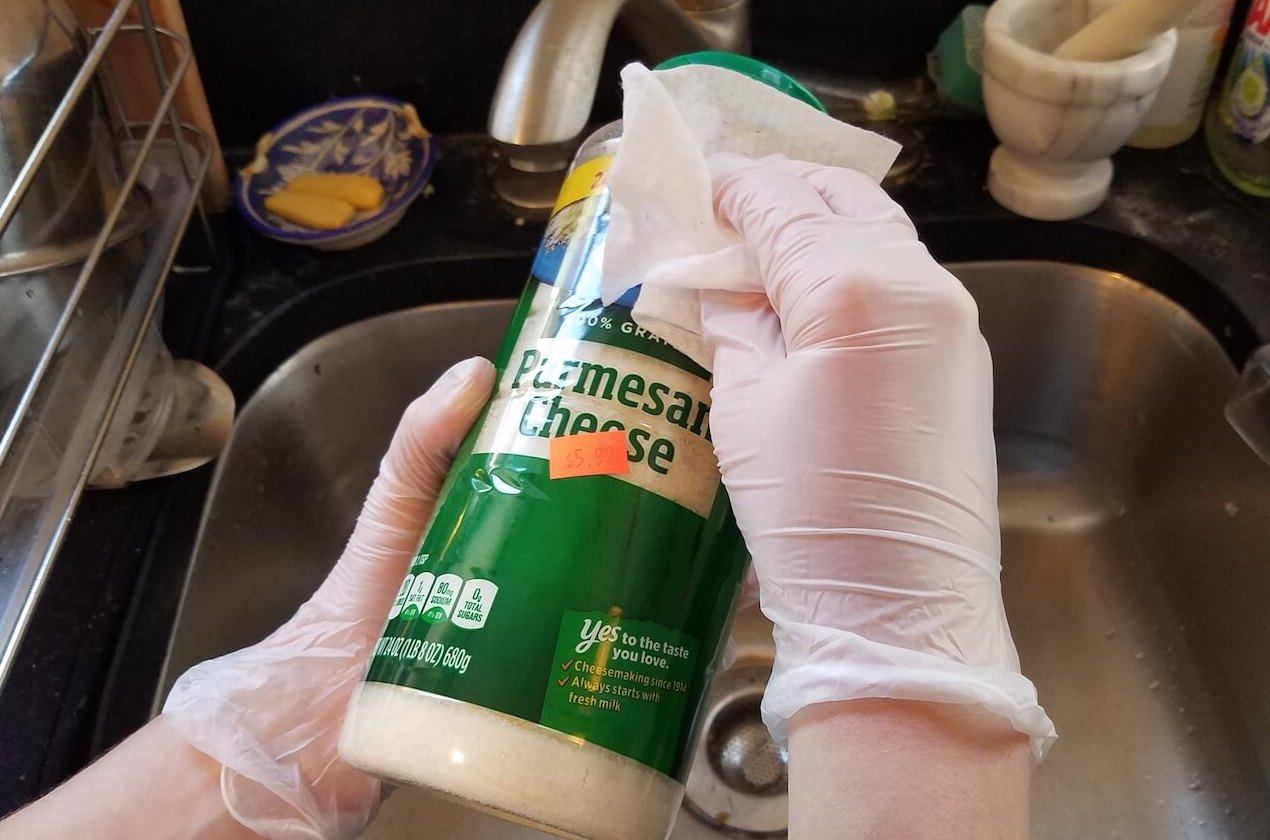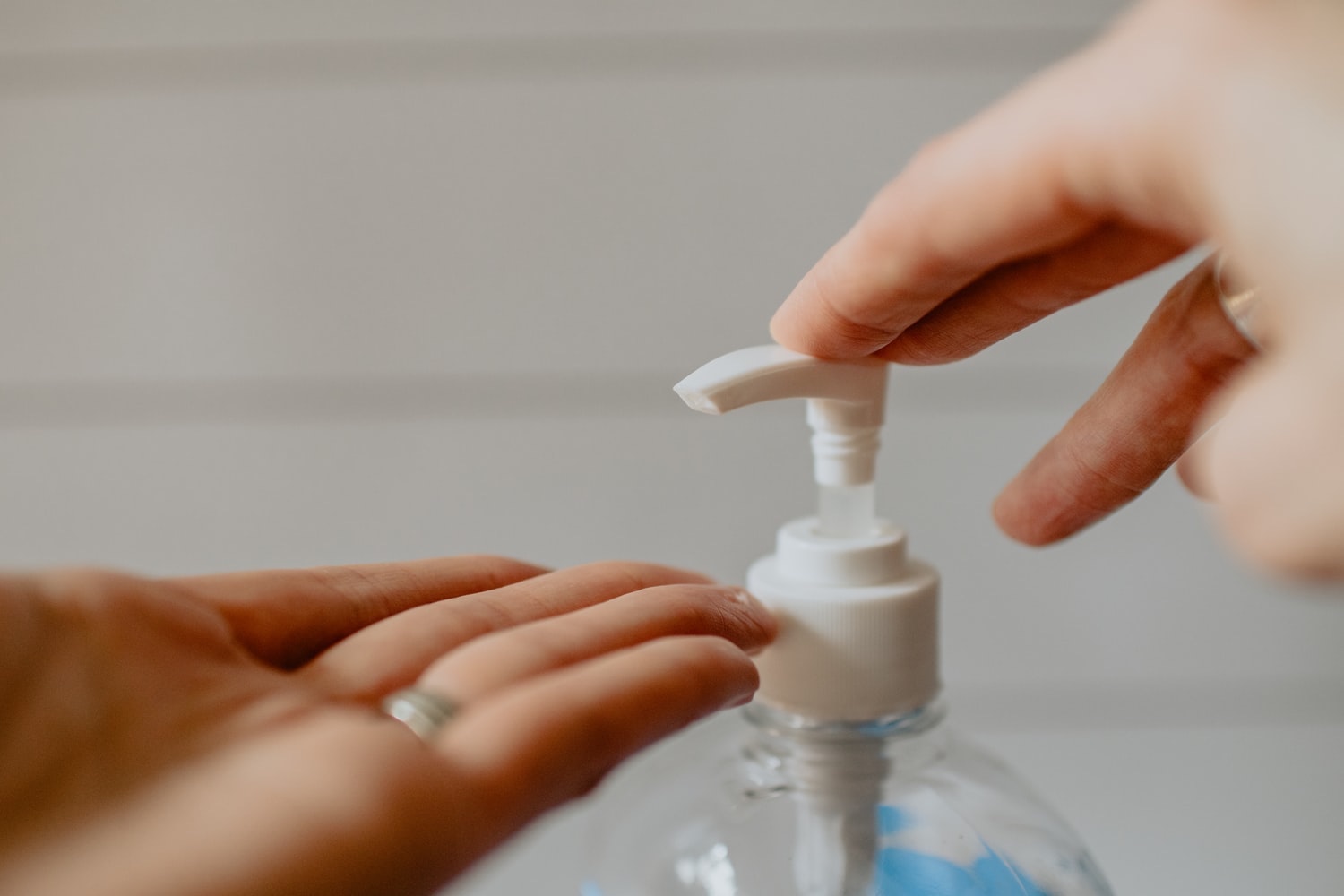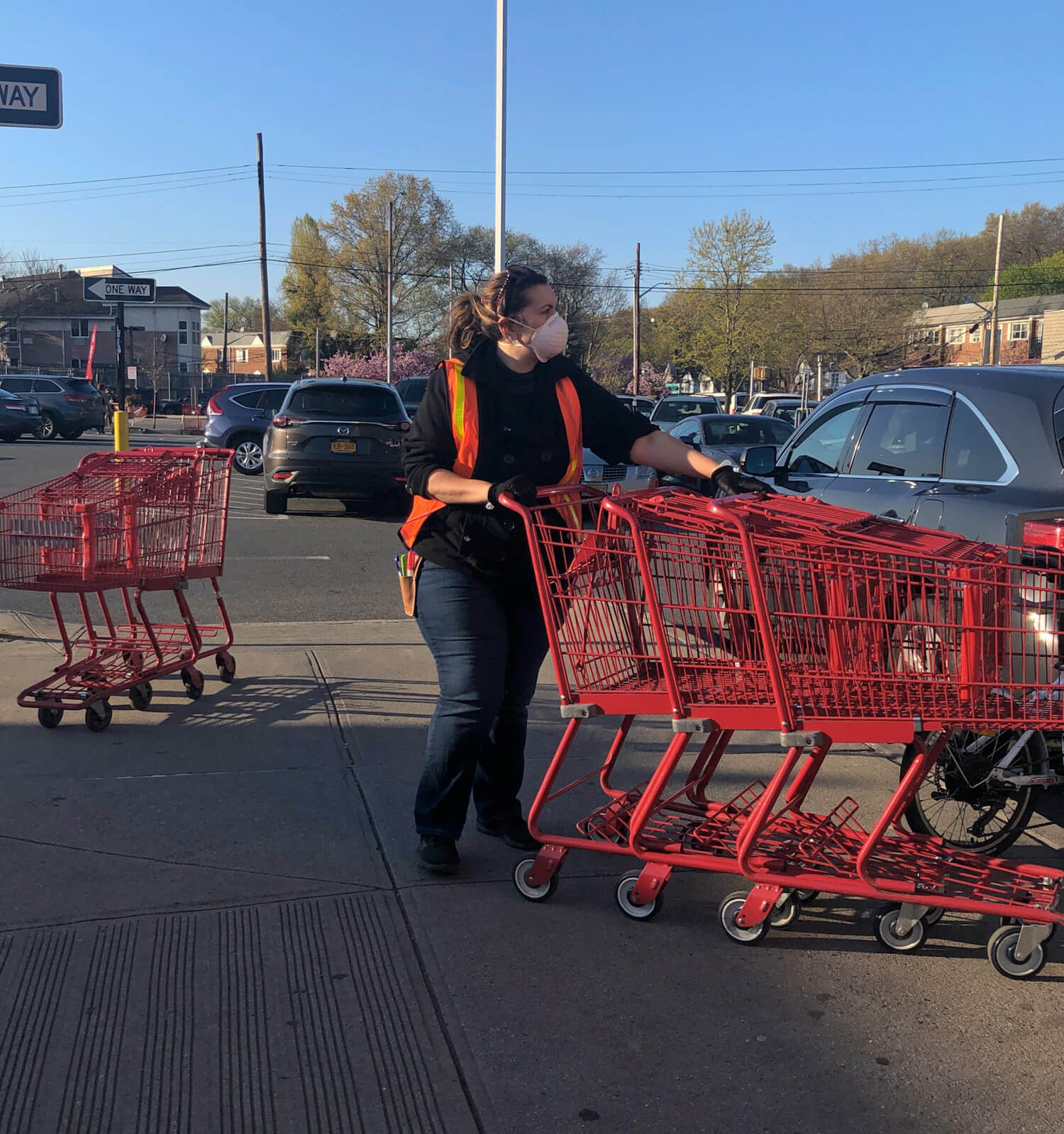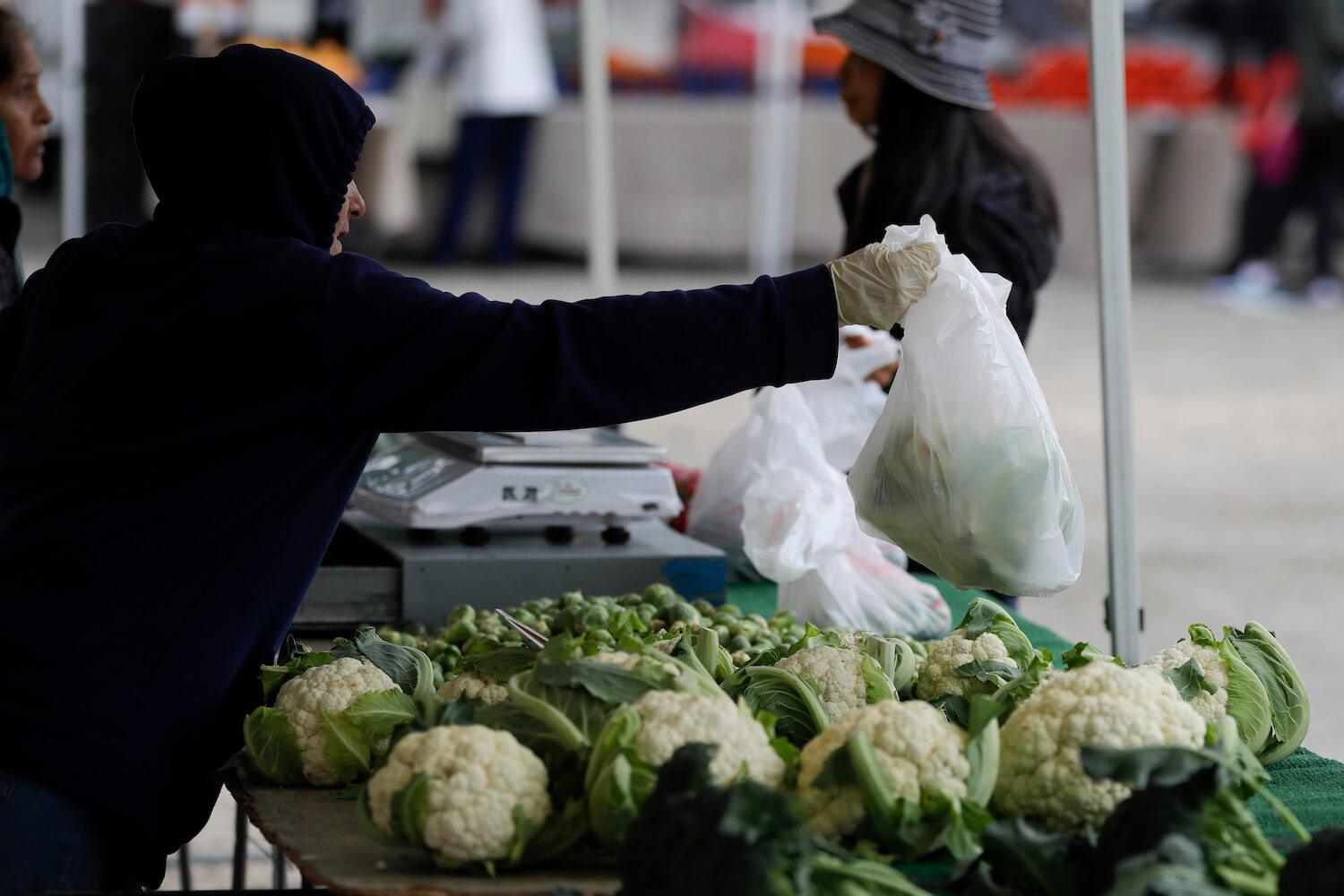
Jesse Hirsch
A CDC report finds that one in five people have tried to wash produce with bleach, and a similar number have applied cleaning products to their skin. In other words: We’re getting sick by trying not to get sick.
Covid-19 is not a foodborne illness. Nevertheless, when the novel coronavirus outbreak took hold earlier this year, Sanja Ilic, a professor of human nutrition at Ohio State University, saw a significant spike in interest for her webinars and articles on food safety.
“It was huge,” Ilic says, of the change in demand for information. “I did not expect that because I deal with food safety and Covid-19 is definitely not a food safety problem.”
Subsequently, Ilic found herself pushing back against a powerful tide of misinformation, spread by purported experts and elected officials on social media, amplified by people who felt fearful and anxious about the little-known disease. You may recall a viral video featuring a man in scrubs advising eaters to wash their produce with soap or the president at a press briefing floating the idea of injecting disinfectant. (We shouldn’t have to say this, but please don’t follow this advice.)
Takers can be self-selecting, and some may be too embarrassed to admit that they’ve panic-gargled Clorox.
It appears that these suggestions may have deeply warped our understanding of Covid-19. Counterproductively, they may have even put our health at risk. According to a new CDC report, nearly 40 percent of Americans report that they’ve taken extremely unsafe measures to sanitize their food and kitchens. Nearly one in five say that they’ve tried to clean fruits and vegetables with bleach, and a similar number have tried to use cleaning products on their skin. One in 10 people have tried spraying disinfectants around their bodies like Axe, and four percent report having gone so far as to eat or drink them.
These numbers are the result of an online survey conducted among 500 respondents in early May, weighted to be demographically and geographically representative. Though the report admits to a few shortcomings typical of surveys in general—takers can be self-selecting, and some may be too embarrassed to admit that they’ve panic-gargled Clorox—it does serve as another data point along a concerning trendline: A lot of Americans are accidentally poisoning themselves out of pandemic anxiety.
“These practices pose a risk of severe tissue damage and corrosive injury and should be strictly avoided,” the report says. Sure enough, one in four survey takers said that they believe they’ve been sickened because of their own cleaning habits, reporting headaches, nausea, and even breathing problems. Perhaps most agonizingly, these are some of the very symptoms associated with Covid-19.
Part of the blame for widespread consumer confusion may lie in the conflicting messages issued by public health officials when the disease first began to spread stateside.
“People’s behavior is influenced by what they believe to be the severity of the effects and how they perceive their own susceptibility.”
“These results do not surprise me,” says Felicia Wu, a professor of food safety and toxicology at Michigan State University.” Early in the pandemic, it was believed that a common route of exposure was an infected surface that a person might touch, and then touch [their] face … So of course, they are concerned about potentially contaminated surfaces—whether it’s the surface of food, elevator buttons, door handles, gas pump handles, or just about any other surface.”
Now, Wu says, there’s a broad consensus that Covid-19 spreads far more rapidly through respiratory droplets, shared person to person in small spaces, than it does through contaminated surfaces.
Anxiety, as well, can drive people to take unwise precautions—like bathing bananas in dish soap—against our better judgement.
“People’s behavior is influenced by what they believe to be the severity of the effects and how they perceive their own susceptibility,” Ilic says. That last part—perceived susceptibility— might explain why people react to the Covid-19 threat with differing levels of seriousness: For example, you might not think twice about eating fruit without washing it if you live and work alone from home. But it’s quite understandable why a meatpacking worker who stands in close contact with hundreds of colleagues daily without adequate PPE might feel more assured by spraying herself down with Lysol before re-entering her home, as one told me she did in April.
The other problem is that we typically don’t worry about infectious diseases—which are spread via other people—nearly as much as chronic ones—which are more rooted in what feel like choices, such as what we eat and drink and smoke.
“They’re almost off-radar for us,” Ilic says. “There is very little communication and very little attention given to infectious diseases outside of the research community. And hopefully this pandemic is going to change that, and we as a society will learn more about how to protect ourselves from infectious agents.”








